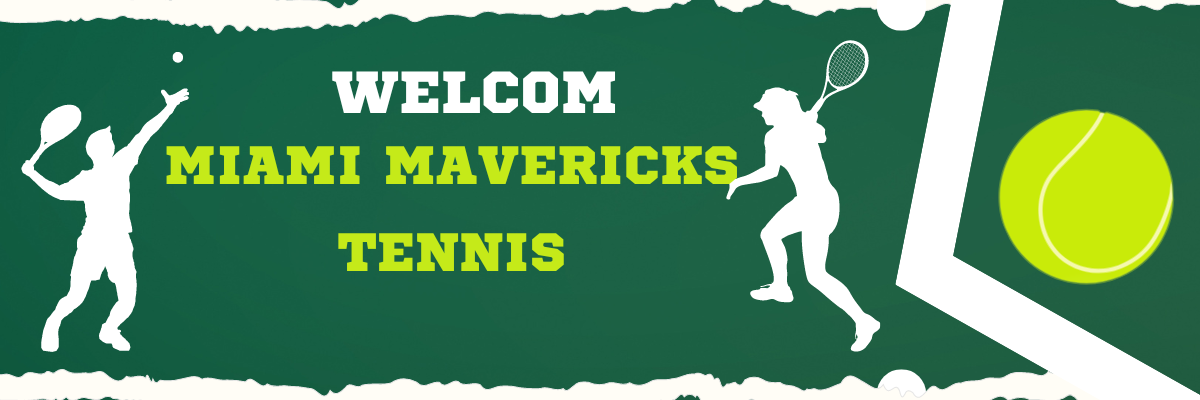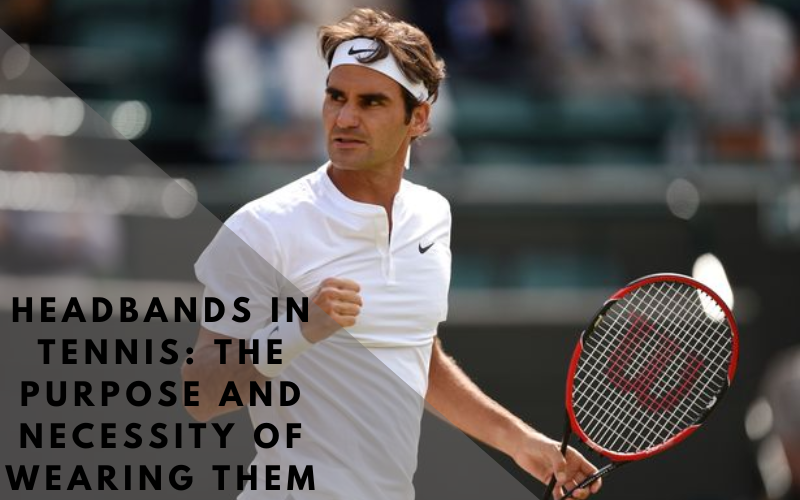If you’re wondering why tennis players wear headbands, the answer is simple – to prevent sweat from getting into their eyes during play. The headband has been a staple accessory in tennis for years, and now there are different versions for wrists or knees with similar functions.
This article will explore this topic further and answer related questions to help you understand the importance of headbands in tennis. So keep reading to learn more!
Table Of Contents
- How Can Headbands Help Tennis Players?
- FAQ’s
- Headbands in Tennis: A Brief History of Invention and Evolution
- Can Headbands Benefit Tennis Players?
- Are Wristbands Necessary for Tennis Players?
- Tips to prevent sweat from getting into your eyes while playing tennis
- How to Prevent Hand Pain After Playing Tennis?
- How to Prevent Hand Pain After Playing Tennis?
- How to Prevent Wrist Pain After Playing Tennis?
- Conclusion
How Can Headbands Help Tennis Players?
The headband is an essential accessory for tennis players to prevent sweat from entering their eyes, which can damage their eye area and limit their vision to see the ball’s trajectory. By absorbing the sweat on the forehead, the headband helps players stay focused and maintain their concentration during a match.
Additionally, wearing a headband stretches facial muscles for better focus, improving players’ overall performance on the court. Some players wear headbands with their sponsor’s logo as a form of promotion or to represent their season. Furthermore, the headband has become a symbol of tennis players, adding to their professional appearance and cool factor.
In this article, we’ll explore the reasons behind why tennis players wear headbands and answer some related questions. Keep reading to learn more!

FAQ’s
Headbands in Tennis: A Brief History of Invention and Evolution
Sweatbands are accessories designed to absorb sweat and keep it from dripping into the player’s eyes during intense activity. They are commonly worn on the forehead and wrists and are collectively known as sweatbands.
The origin of sweatbands can be traced back to British professional athlete Fred Perry, who won Wimbledon four times. To prevent sweat from wetting his racquet handle and eyebrows during matches, he wrapped medical gauze around his wrists and forehead.
Later, he met football player Tibby Wegner, who had invented a mustard object to help athletes prevent perspiration. Together, they formed the sweatband in the 1940s, which has since become an essential accessory for athletes in many sports.
Can Headbands Benefit Tennis Players?
Wearing a headband while playing tennis is not just a fashion statement, it serves an important purpose. Sweat can quickly accumulate on an athlete’s forehead and run into their eyes, which can cause discomfort, and even worse, affect their vision during a match. Without a headband to absorb the sweat, players may miss crucial shots, or worse, get hit by the ball. Additionally, a headband can help keep the athlete’s hair out of their face, allowing them to maintain better focus on the game. So, it’s safe to say that headbands are indeed an essential accessory for tennis players.
Are Wristbands Necessary for Tennis Players?
Tennis players wear wristbands for several reasons, including preventing sweat from affecting their grip on the racket, wiping sweat off their forehead, reducing the risk of wrist injuries, and promoting their sponsors or brands. The wristbands are made of absorbent material that helps to absorb sweat, keeping the player’s hands dry and improving their grip on the racket.
Additionally, wiping sweat off the forehead with the wristband can help to prevent sweat from entering the player’s eyes, which could affect their vision.
Moreover, some players wear wristbands that are branded with their sponsors or logos as a way to advertise them during the match.

Tips to prevent sweat from getting into your eyes while playing tennis
Excessive sweating during sports can be quite frustrating, especially when it affects your performance. Here are some ways to prevent sweat from getting into your eyes while playing tennis:
- Use a sweatband: Headbands and wristbands are designed specifically for this purpose. They absorb sweat from your forehead and hands, preventing it from dripping onto your face and eyes.
- Wear a visor or cap: These can help to keep sweat out of your eyes while also shielding your face from the sun.
- Apply petroleum jelly: Applying petroleum jelly to your forehead can create a barrier that prevents sweat from running down your face.
- Use a washcloth: If you don’t have access to sweatbands or a visor, using a washcloth is a simple but effective solution.
Whichever method you choose, make sure to find the right size of sweatband to avoid it being too tight or too loose. By using these techniques, you can focus completely on your game without being distracted by sweat.
How to Prevent Hand Pain After Playing Tennis?
When it comes to playing tennis, wearing a wrist brace is highly recommended. This is because it can stabilize your wrist and reduce pressure, which can help prevent injuries like “tennis elbow.” It’s important to choose a brace without a thumb hole, as this can make serving more difficult. By wearing a wrist brace, you can play with greater comfort and confidence, knowing that your wrist is protected and supported.
How to Prevent Hand Pain After Playing Tennis?
In tennis, the coordination of multiple joints is crucial for effective play. The hip, knee, elbow, shoulder, and wrist joints must work in harmony to generate and transfer energy. Each joint plays a distinct role in serving, hitting, and returning the ball. Injuries to the hand are often caused by inefficient energy transfer, resulting in overworked joints and eventual injury. Poor performance is often a result of player fatigue, inadequate technique, or lack of experience with the ball. By improving coordination and technique, players can minimize the risk of injury and improve their game.
How to Prevent Wrist Pain After Playing Tennis?
To avoid injuries in tennis, it is important to have a strong and coordinated body to handle the force and impact of each hit. With balls reaching up to 163.7 mph, the player must transfer a significant amount of energy to catch and hit the ball successfully. Inadequate force transmission or weak and disjointed body parts can result in injuries. Wrist pain, for instance, can occur due to incorrect racket handling, repetitive use of the forehand to support the ball, or even the racket material. It is crucial to have proper techniques, appropriate equipment, and physical conditioning to prevent injuries and improve your overall performance in tennis.
Conclusion
So, you now know why tennis players wear headbands and wristbands. These accessories help prevent sweat from getting into their eyes, increase concentration, promote sponsors, and give them a professional look.
Wristbands also help reduce the risk of wrist injuries while playing. Hand or wrist injuries are often caused by fatigue, poor technique, lack of experience, or the type of racquet used.
If you have any questions or need further clarification, please feel free to leave a comment below!

